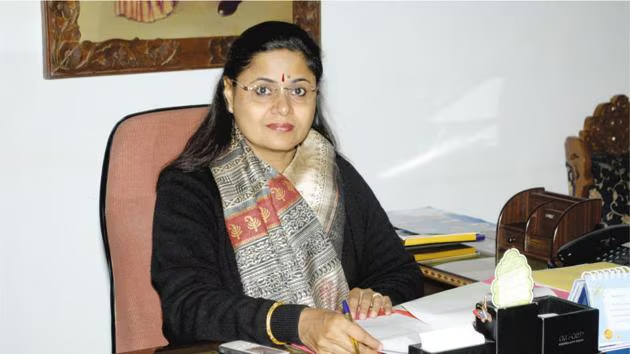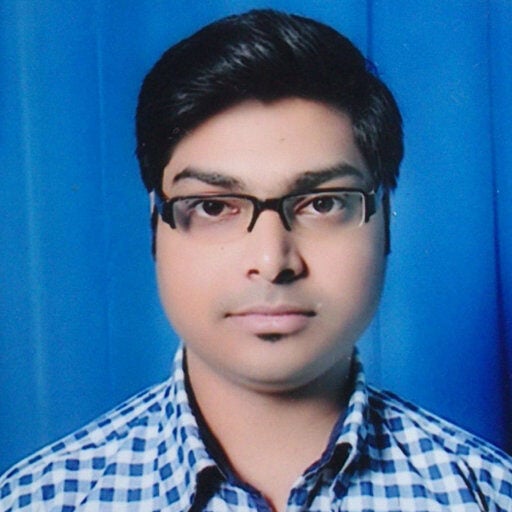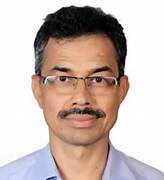about us
Welcome To
Bhaatkhande
Sangit Vidyalaya
The Hindi Sangeet Institution, one of Delhi’s oldest and most renowned music institutions, was established on 4th August 1939 in Rangoon, Burma. The Bhaatkhande Sangeet Vidyalaya (BSV), affiliated to the Bhaatkhande Sangeet Vidyappith, Lucknow; a premier music university of India, is the teaching center of the Institute. We believe in making music education affordable and available to all. Our emphasis on fostering talent and creating a culture of excellence has seen successful students from all walks of life.


Sh. Vinod Kumar Chopra
1948-2021
“The only prerequisite for learning music is the desire to learn. Anyone can learn, at any stage in life. It’s never too late to start”
Vocal
Music

Indian classical music is mainly divided into two branches, North and South. North Indian Classical music, or Hindustani in reference of the Hindi speaking region – from the north-west frontier to the eastern region. Many styles and genres have been developed and encouraged by a family system now called Gharana.
Instrumental
Music

The combination of several notes woven into a composition in a way, which is pleasing to the ear, is called Raga. Raga is the basis of classical music. The Taal is the basic meter of all classical music in India. There is a total about 500 different tals from 2 to 540 beats.
Dance

Kathak is the classical dance style of North India. The word Kathak is derived from katha , meaning ‘story’, so Kathak means a storyteller, who told mythological tales in the temples and danced them in a state of ecstasy. With origins in the sacred text, Natya Shastra and divinely inspired by sage Bharata, it has become one of the most comprehensive and expressive languages of movement in the world.
feedback
I’ve been learning Vocal music at the Vidyalaya for the last 3 yrs. Excellent teaching and pedagogy. No other music school covers Ragas in depth like we are taught here.
VIJAYENDRA DWARI

I’ve had wonderful Experience learning at the Vidyalaya. Had the experience to learn about classical music in a very good family environment. The Teacher is quite encouraging and realistic . We had exposure to singing in front of audiences at the annual programme.
MRS. SANGEETA ARORA

My daughter, Gauri, loves to come here. As a child, I see her inclined to music. She seems to be always singing one or the other thing. At the age of 5, her favourite pastime is to dance along with singing. Even when she is with her friends, in the mid intervals she could be seen singing and dancing.
MRS. SEEMA PALIWAL

My both children have been learning at the Vidyalaya since last 4 yrs. It’s been a great journey. The Children have not only gain knowledge but also a lot of confidence. The teachers in the able guidance of guruji provide a happy and safe environment conclusive of good learning.
MRS. TANU NARAIN

We have been associated with the Vidyalaya for the last 10 yrs. We have witnessed sincere Efforts made by the Vidyalaya to promote our cultural heritage of classical music and dance in young children. It’s a great feet that children from the age group as young as four join and teachers are able to keep them motivated and interested. This couldn’t be achieved without dedication.
MRS. TARAN DIESH

It’s been a great experience. We have seen Advait develop a keen interest in vocal singing and music too. Tanusreemaam is always been supportive. Advait is comfortable with his music lessons . It takes me an effort to get him out of the class.
MRS. SEEMA PALIWAL

We have had very Positive experience with the Vidyalaya.We got to learn the finer nuances of music from Sir in a that is easy and enjoyable.
VIKAS AGGARWAL& REEMA AGGARWAL

I have been able to learn alot and I am happy that I joined the Vidyalaya to revive my interest and hobby of Hindustani Classical Music.
Dr Shakuntala Jaiman

Glad to be associated with Bhaatkhande Sangit Vidyalaya. I observed the faculty of this Vidyalaya are truly professional and try hard to percolate this knowledge. In addition, the faculty handle the students with utmost affection by maintaining professionalism. I observed improvement in Samaira in last 6 months and truly believe she will learn more from the Institution.
Dr. Mrigen Deka

It has been a very good experience. Environment is so good to learn music. Staff is excellent.
Heera Vallabh Sharma




